On October 3rd, a historic event unfolded as two Marine Corps F-35B Lightning II Joint Strike Fighters executed takeoffs and landings on Japan’s largest cruiser, the JS Izumo (DDH-183). This marked a significant milestone, as it was the first time fixed-wing aircraft had operated from a Japanese battleship since World War II.
Since November 2018, the Japanese government has unveiled plans to upgrade two Izumo-class helicopter destroyers, transforming them into mini-carriers capable of accommodating more than 12 F-35 stealth fighters.
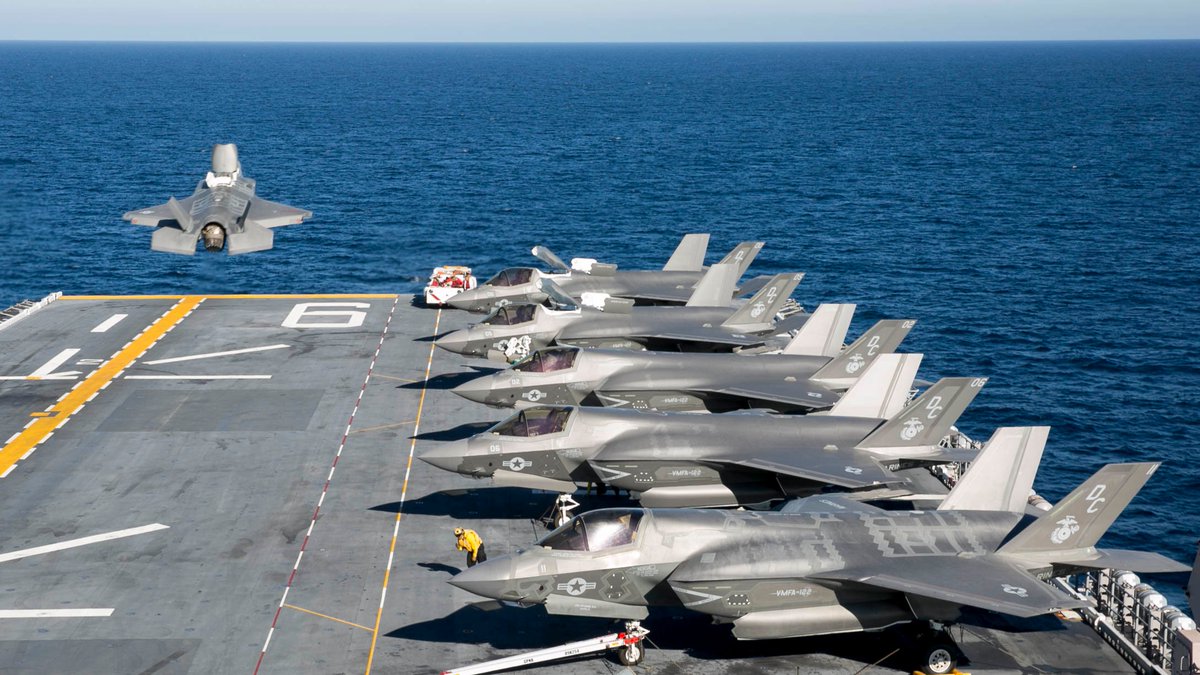
Japanese Defense Minister Takeshi Iwaya expressed, “Ever since we acquired these ships (the Izumo-class multipurpose destroyer, built in 2015), we’ve envisioned using them for various purposes.”
However, it’s worth noting that the Izumo-class warships are considered relatively small for fixed-wing aircraft operations. This situation raises concerns, as Japan hasn’t operated fixed-wing aircraft on board ships since World War II, necessitating extensive training for pilots, deck crews, and maintenance crews to handle the unique challenges of operating an aircraft carrier.
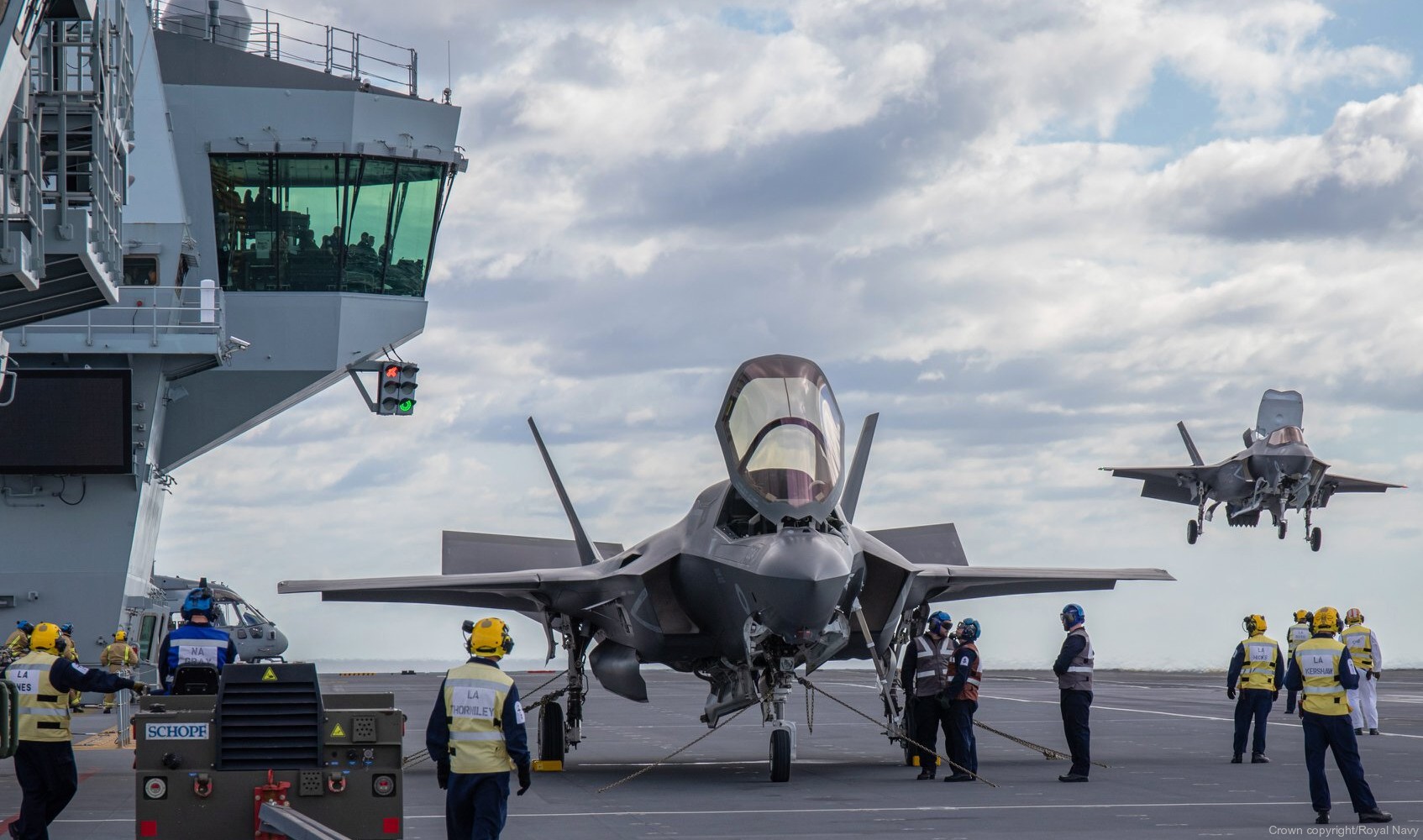
Adding complexity to the situation is Japan’s post-World War II constitution, which prohibits the nation from engaging in aggressive military activities. For decades, Japanese leaders have interpreted this prohibition to mean that legally, the Japanese Navy cannot own an aircraft carrier.
To circumvent this limitation, Japan labels these vessels as “helicopter destroyers,” which are essentially surface ships with aircraft hangars and wide decks designed for helicopters and fixed-wing aircraft takeoff and landing.
The recent modifications made to the Izumo-class ships enable them to accommodate F-35B operations. This development sets the stage for Japan to deploy its F-35B aircraft on board the Izumo in the coming years. The F-35B is capable of short take-offs and vertical landings, and the October 3rd deployment marked the first time a fixed-wing fighter had been on a Japanese warship since World War II.
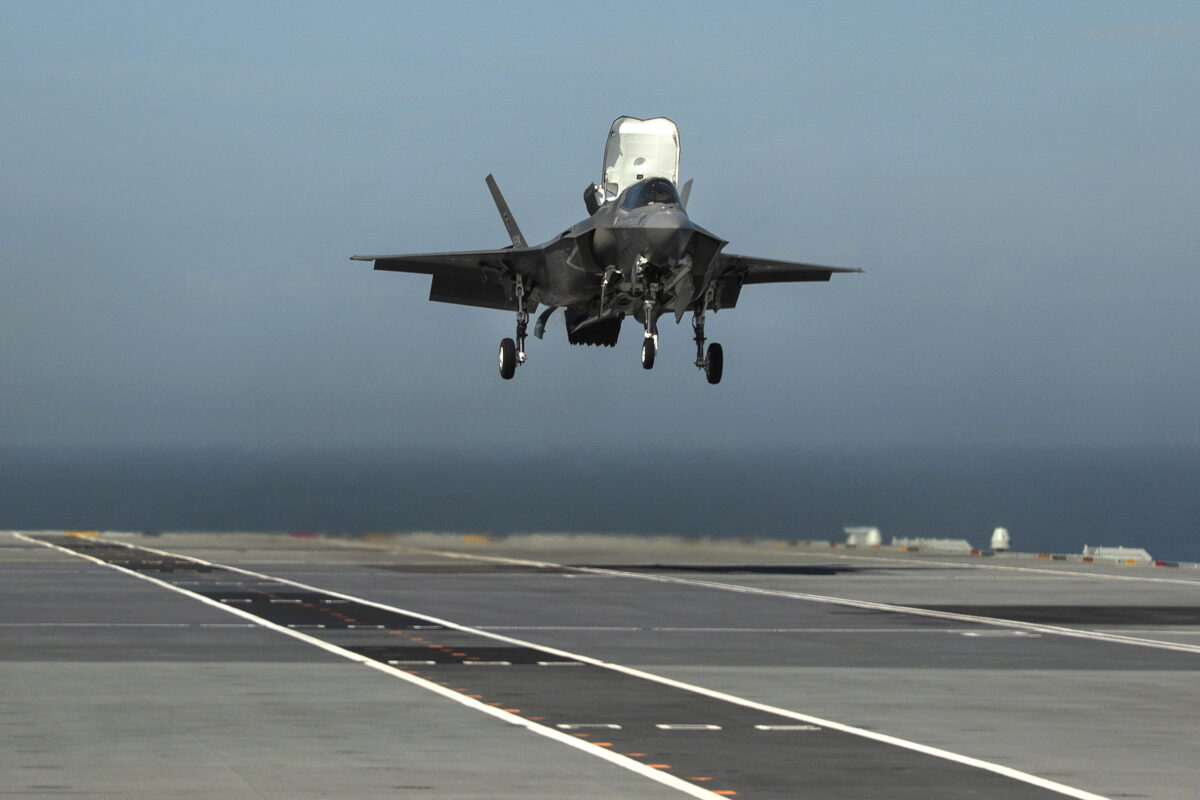
The planned modification of the Izumo and Kaga vessels is coupled with Japan’s purchase of 42 F-35Bs for operation on these ships. The first JSDF F-35Bs are scheduled to arrive in FY 2023, with Marine F-35s expected to continue operating from these ships as Japan familiarizes itself with the new fighters. In early September, the JMSDF conducted a series of engagements and exchanges related to F-35B operations with the UK Carrier Strike Group 21 (CSG21) while it was in Japan.

The Izumo-class ship measures 248 meters in length, 38 meters in width, and has a displacement of 27,000 tons at full load. It can achieve speeds of over 30 knots and can carry up to 28 aircraft.
Currently, the “helicopter destroyer” Izumo is stationed at the port of Iwakuni in Yamaguchi Prefecture, which houses the aviation unit of the US Marines and US Navy squadrons. Its deck was recently upgraded with heat protection in Yokohama’s port of Isogo during the summer, enabling F-35Bs to perform vertical landings on board.
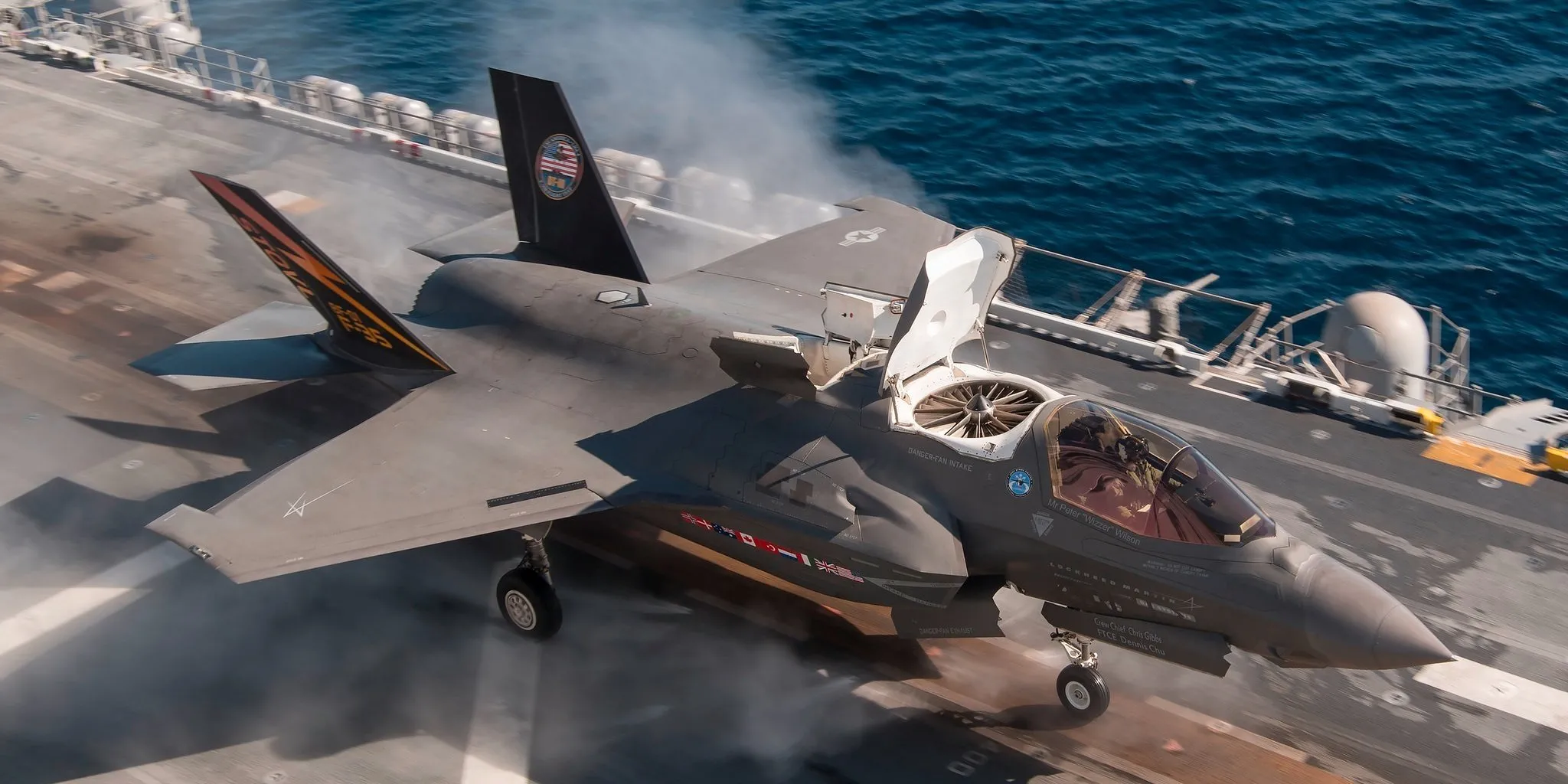
The entire renovation project for the Izumo class is expected to be completed by 2026, with the second ship in the class, the Kaga, undergoing similar modifications.
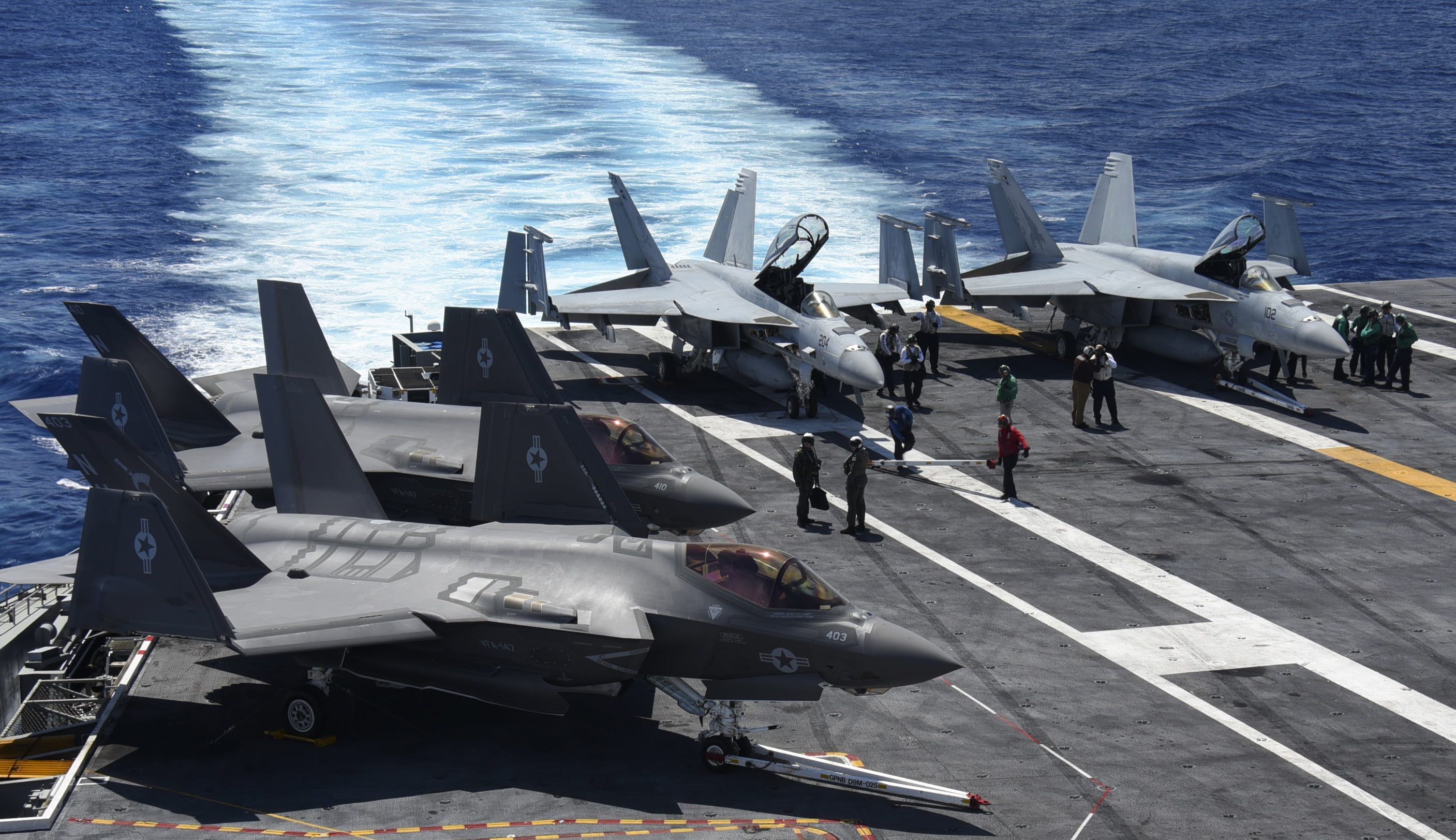
Japan has plans to procure 157 F-35 aircraft, including 42 F-35Bs. Contracts have been signed for the first eight, with four set to be delivered in fiscal 2024, and funding for the remaining four included in the budget proposal for fiscal 2022.
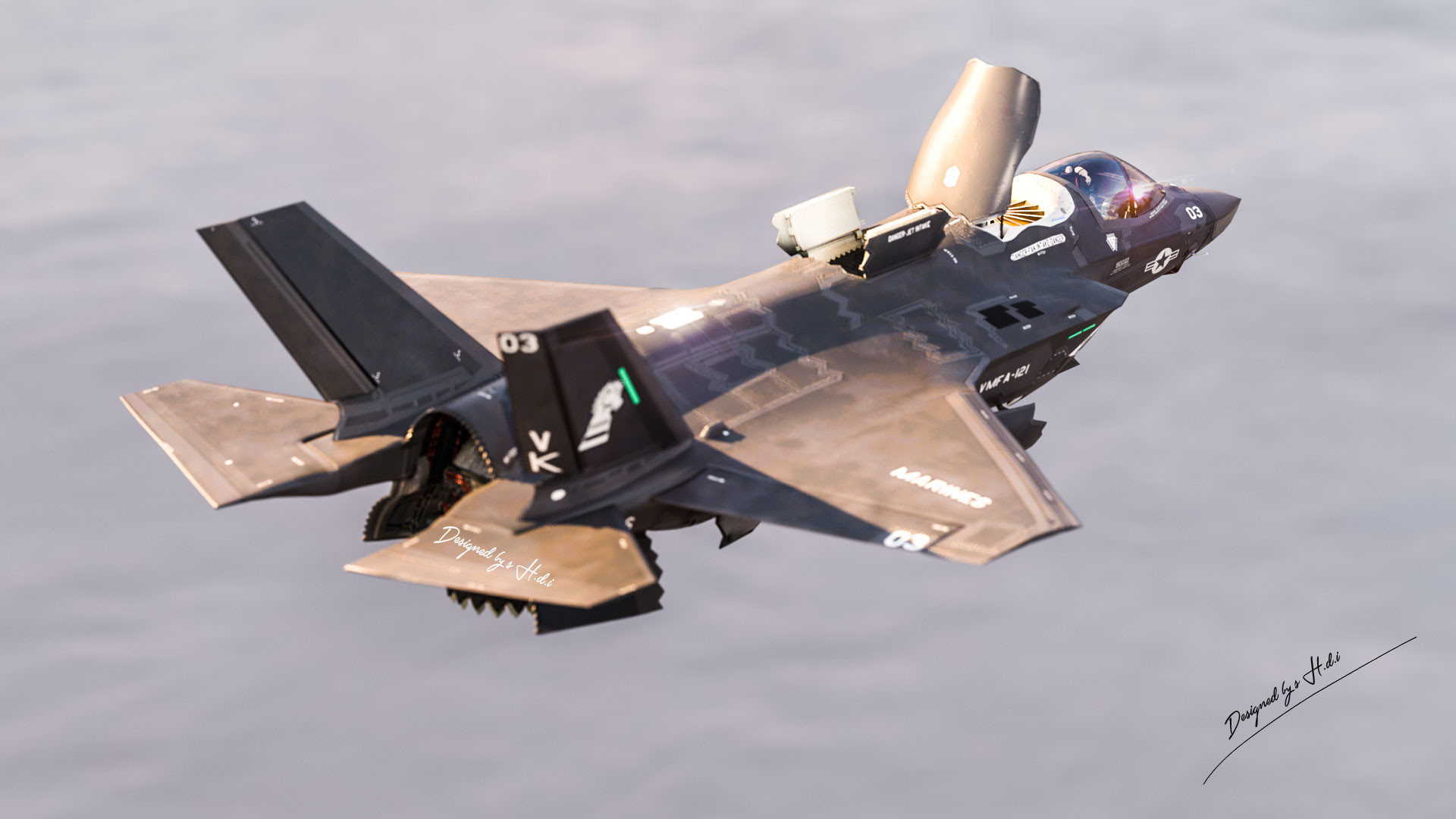
With these advancements and improvements, Japan’s Izumo ship can now be seen as a small aircraft carrier, rather than just a “helicopter destroyer” as it was previously classified. This development marks a significant shift in Japan’s maritime capabilities and regional security posture.

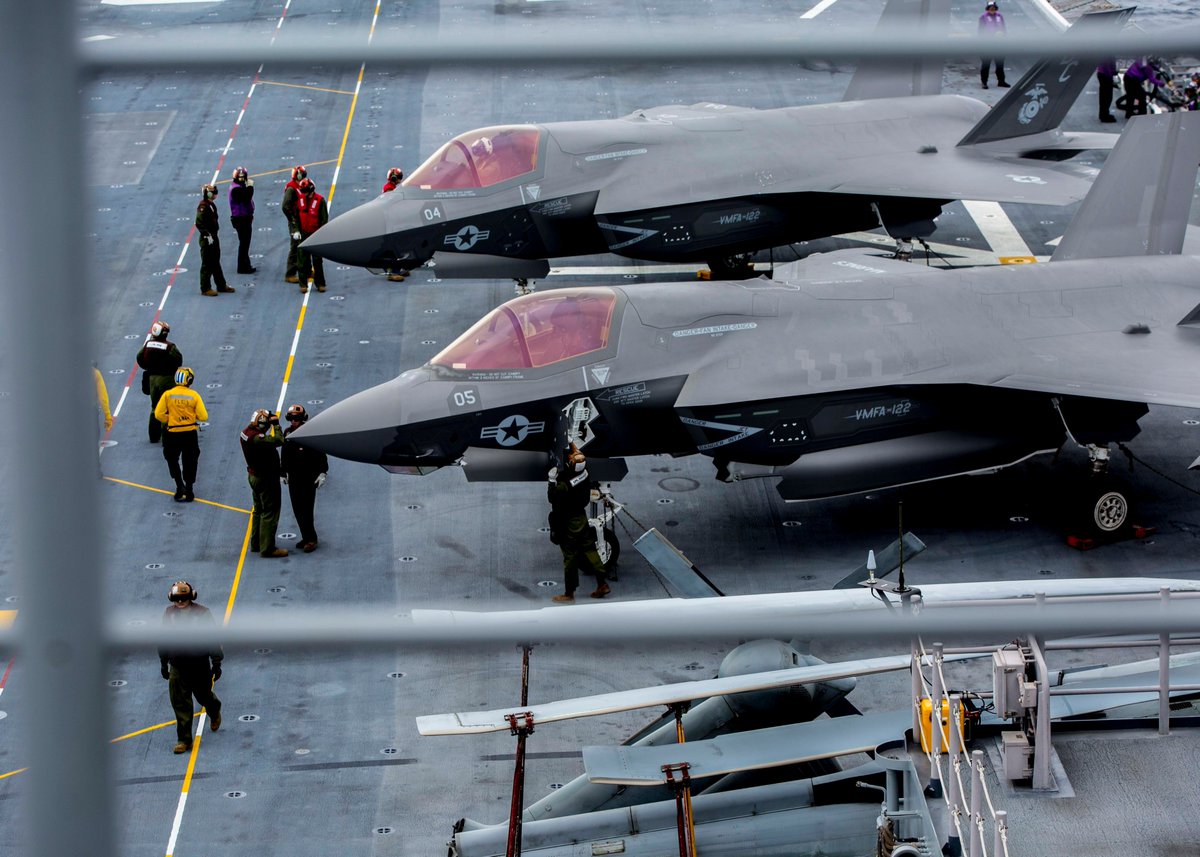 Next
Next





